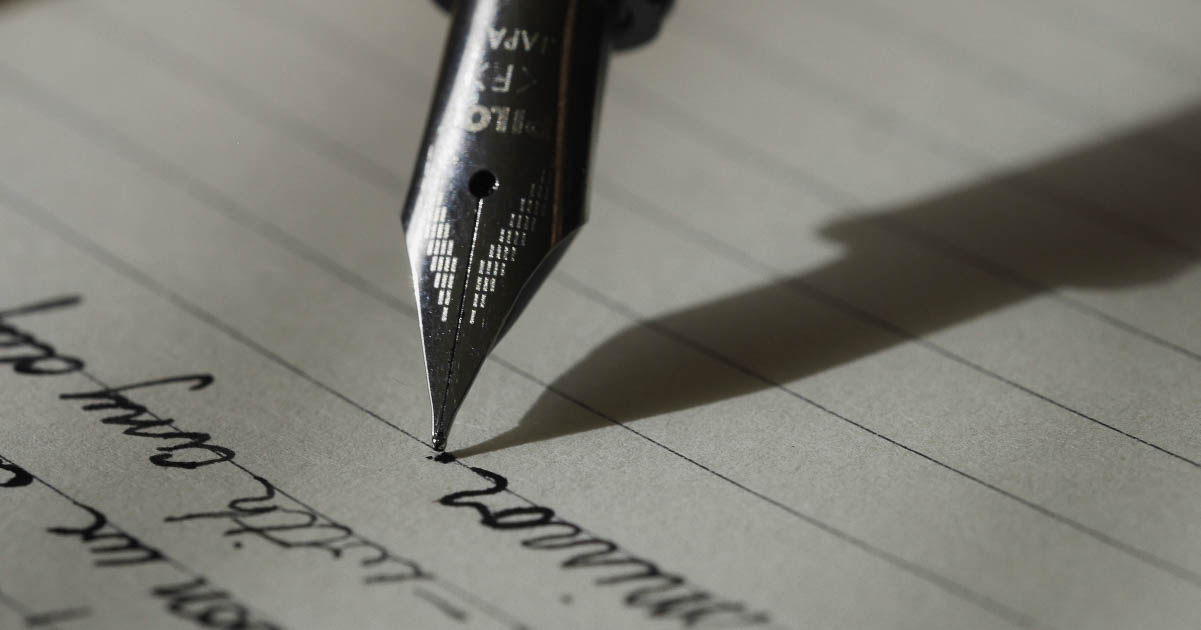
What Is an Epigraph? (And How to Format One)
When editing novels and other types of books, you may come across an epigraph or two. But what exactly is an epigraph, and how should you approach them as an editor?
We’ll explain everything you must know about these literary devices, including the different ways to format them.
What’s an Epigraph?
An epigraph is a short quotation placed at the beginning of a book as part of the front matter or at the start of a chapter.
This quote is usually borrowed from an existing work, like a novel, poem, song lyrics, religious text, or nonfiction book.
The author will have carefully selected an epigraph for a specific purpose. This might include:
- Setting up a central theme, message, or plot point the reader will encounter
- Establishing the book’s mood or tone so that the reader knows what to expect
- Providing context, suggesting a historical setting, or explaining some aspect of the world the story takes place in
- Recognising a work or individual who has inspired the author and their writing
- Introducing a text that will be referenced later
Epigraphs can vary in length but are usually no longer than a paragraph.
Epigraphs in Literature
Epigraphs aren’t mandatory, but they’re found in many literary works.
For example, Mary Shelley’s Frankenstein is prefaced by an epigraph that quotes the epic poem Paradise Lost:
“Did I request thee, Maker, from my clay / To mould me Man, did I solicit thee / From darkness to promote me?”
In doing so, Shelley introduces the Biblical theme of creation and the relationship between ‘Maker’ (Dr. Frankenstein) and ‘Man’ (Frankenstein’s monster), which is explored in the novel.
Mario Puzi’s The Godfather, on the other hand, starts with a more down-to-earth epilogue:
“Behind every great fortune, there is a crime.”
With this one simple quote, the reader knows to expect a story about the lives of the rich and the criminal underworld.
Sometimes an author may even quote themselves, their own characters, or an in-universe work in an epigraph.
For example, J. R. R. Tolkien’s The Fellowship of the Ring opens with a poem that describes the history of the eponymous ring:
“One Ring to rule them all, one Ring to find them, / One Ring to bring them all and in the darkness bind them.”
This rhyme exists only within the fantasy world of Middle Earth, where the novel is set, but serves as a perfect way to establish the plot the reader is about to encounter.
Editing Epigraphs
In addition to checking for mechanical errors, you’ll need to perform the following tasks when editing an epigraph:
- Checking the formatting
- Identifying whether an epigraph is suitable
- Keeping copyright in mind
Let’s look at these tasks in more detail.
1. Checking the Formatting
Epigraphs are typically formatted as follows:
- They are placed within quotation marks.
- They are indented from the left.
- They are followed by an em-dash and the author of the quote’s name on a new line.
“This is an example of an epigraph.”
—Knowadays
However, the style guide your client uses may have different rules for formatting the epigraph.
APA style, for example, suggests that quotation marks are unnecessary, and the author’s name should be right-aligned:
This is an example of an epigraph.
—Knowadays
While MLA style recommends providing the epigraph’s source and the author’s name:
This is an example of an epigraph.
—Knowadays, “What Is an Epigraph?”
Whatever style guide your client is using, you’ll need to ensure they’ve properly followed the guidelines for formatting an epigraph.
2. Identifying Whether an Epigraph is Suitable
Deciding whether an epigraph is necessary will mainly come down to the author, but as an editor, you can provide input on its suitability.
If your client’s epigraph doesn’t seem relevant to the book’s content, for example, this could distract or confuse readers. In this case, you would flag the epigraph as an issue.
You should also check that the epigraph sets an appropriate tone or mood for the book it precedes. A lighthearted and joking epigraph, for example, might appear insensitive if placed at the start of a book about the Second World War.
3. Keeping Copyright in Mind
Epigraphs may be subject to copyright laws, depending on where they’re from and when they were written.
This means your client could face legal action if they have used a quote for an epigraph without proper permission.
While this sort of legal issue won’t usually be your responsibility as an editor, you might need to flag the problem with your client if the work they are quoting is not in the public domain.
Becoming an Editor
From front to end matter, plus all that’s in between, you can find everything you need to know about editing books in our Becoming An Editor course’s dedicated creative writing lesson. Try two free lessons from the course today!





Your email address will not be published.